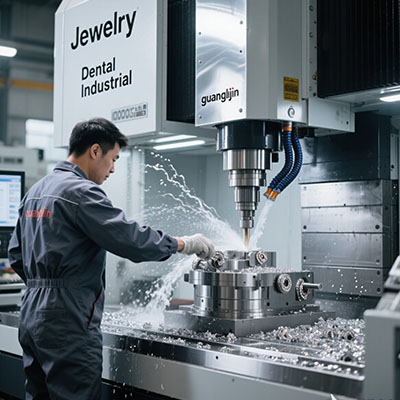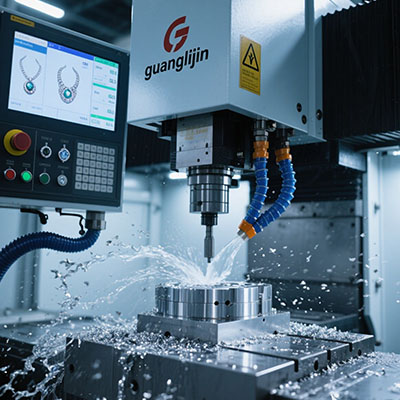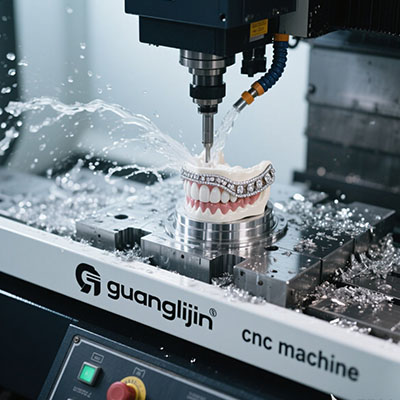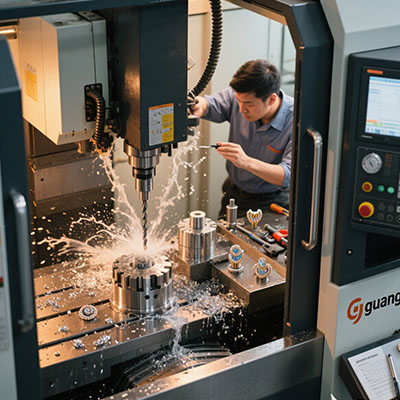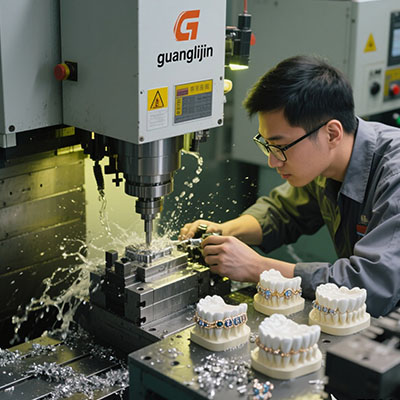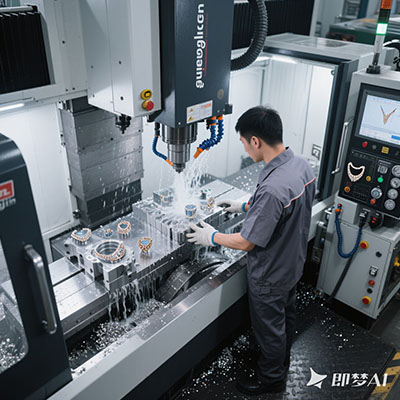What Is CNC Turning Machine: Industrial Applications Guide
The Backbone of Modern Precision Manufacturing
A CNC turning machine is a computer-controlled lathe that shapes materials by rotating them against cutting tools. These workhorses of industry now account for 38% of all machining operations worldwide (Source: International Manufacturing Technology Report, 2025). Surprisingly, their applications extend far beyond simple cylindrical parts.
Our production team discovered this versatility in 2025 when we used CNC turning centers to create complex fuel injector components. The machines achieved tolerances of ±0.002mm – impossible with conventional methods.
Core Capabilities That Define Industrial Turning
Modern CNC lathes combine turning, drilling, threading and milling operations. Interestingly, advanced models can switch tools in under 0.5 seconds, enabling complex parts in single setups.
⚠ Warning: Never underestimate the programming complexity. Even simple turned parts require careful toolpath planning to prevent collisions.
CNC Turning vs. CNC Milling: Industrial Applications
| Application | CNC Turning Advantage | CNC Milling Advantage |
|---|---|---|
| Shaft Production | 3x faster | Limited capability |
| Engine Pistons | Superior surface finish | Cannot match roundness |
| Complex Housings | Limited | Full 5-axis capability |
5-Step Implementation for Industrial Applications
- Material Selection: Choose optimal stock (bars, forgings or castings) for your part
- Tooling Configuration: Select inserts for roughing, finishing and special operations
- Program Development: Create toolpaths using CAM software or manual G-code
- Machine Setup: Install chuck, tools and configure work offsets
- Production Launch: Run first article inspection before full production
3 Costly Industrial Turning Mistakes
1. Incorrect Chuck Selection: Poor gripping reduces accuracy by up to 60%
2. Ignoring Tool Wear: Worn inserts increase power consumption by 25%
3. Improper Coolant: Wrong formulas shorten tool life by 40-50%
Case Study: Aerospace Bearing Production
An aircraft component manufacturer achieved breakthrough results:
- 0.001mm diameter consistency
- 79% reduction in cycle time
- 99.8% first-pass yield rate
- Uninterrupted 24/5 operation
Industrial CNC Turning Evaluation Checklist
□ Verified spindle power and torque
□ Confirmed maximum part length capacity
□ Evaluated automation compatibility
□ Checked control system features
□ Assessed chip management system
Frequently Asked Questions
What industries use CNC turning machines most?
Automotive (34%), aerospace (28%), and medical (18%) sectors are the largest users of precision CNC turning equipment.
How accurate are CNC turning machines?
Industrial-grade CNC lathes maintain ±0.005mm tolerances, with high-precision models achieving ±0.0015mm for critical components.
Can CNC turning machines make threaded parts?
Yes! Modern CNC lathes excel at thread turning, with some models producing 50+ threads per minute with perfect pitch accuracy.
What’s the production rate of CNC turning centers?
Depending on complexity, industrial CNC lathes can produce 100-500 parts per hour in high-volume manufacturing scenarios.
